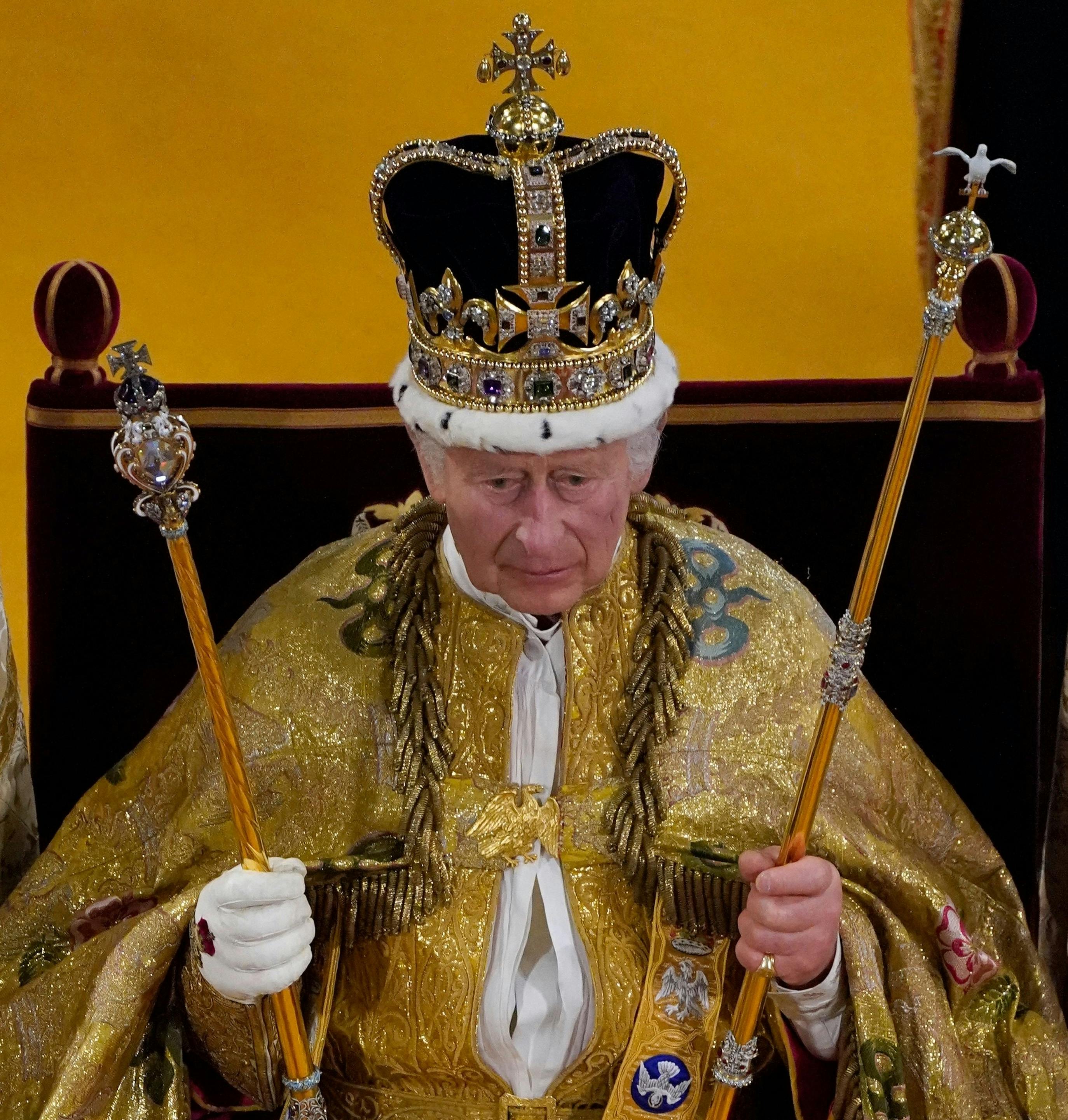Royal returns reach record highness
Wind power is the jewel in the British monarchy’s crown of assets
King Charles III of Britain is set to receive an extra £45 million (~$58 million) of public money — a more than 50% increase in his official annual income — as underlying profits from the Crown Estate hit £1.5 billion and net profits soared to a record £1.1 billion in the last financial year, thanks to a lift from offshore wind farms.
But what does that actually mean in the modern, post-feudal world?
What is the Crown Estate?
The Crown Estate is a legacy portfolio of land and property holdings owned by the British monarchy. Like in the days of yore, the Royal Family possesses big swathes of the UK’s agriculture, buildings, shoreline, seabed, and forestry — but today, the estate functions as an independent commercial business.
Why is it so profitable?
The entire portfolio is worth approximately £15.5 billion (~$20 billion), and includes a thriving marine sector. Indeed, the Crown Estate owns a large portion of Britain’s seabed for up to 12 nautical miles off the coast, and charges option fees to companies that want to reserve a slice for wind farms. Those fees helped “net revenue profit” (a somewhat confusing name) more than double year-on-year, per the trust’s latest annual report.
With 15GW of operational offshore wind capacity, the UK is the largest market for wind power outside of China; in fact, according to last month’s government energy report, wind is now contributing more to electricity generation than gas. As such, the Crown Estate’s marine business has been booming.
While the Crown Estate returns the majority of earnings back to the UK Treasury, 12% of its profits (cut down last year from 25%) are given to the monarchy to support “official duties” as part of the taxpayer-funded Sovereign Grant.
Royal flush: Even so, the Crown Estate isn’t the only income source that the monarch can tap into: the King also owns the lucrative duchies of Lancaster and Cornwall.
